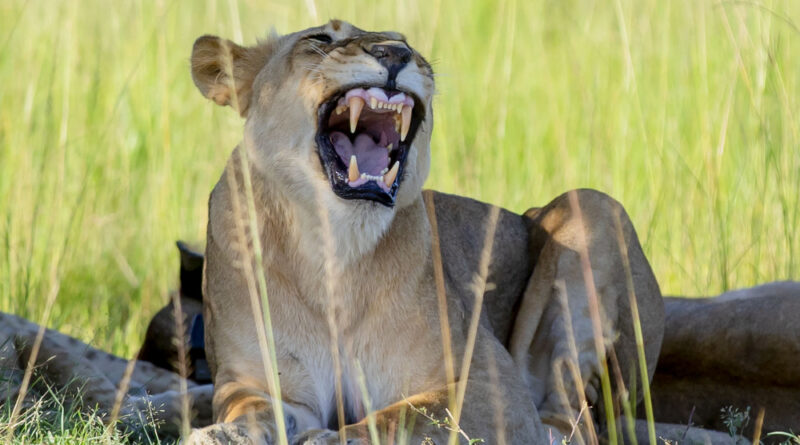More about the lion, One of the most visited animals in Akagera National Park
In 2013, over 2,000 snares set by poachers were removed from Akagera National Park before reintroducing lions, which had been extinct in the park. The park’s management highlights a significant increase in visitor numbers in 2024, with many tourists drawn to the lions reintroduced in 2015.
Lions are among the most iconic animals that attract tourists to Akagera National Park. The last native lion in the park died in 2000. However, in 2015, seven lions, including two males and five females from South Africa, were reintroduced into the park.
Jean Paul Karinganire, the park’s tourism manager, told RBA that the initial group of seven lions has since multiplied, reaching a population of 60.
He stated:”In June 2015, these lions arrived at Akagera. Before their reintroduction, we addressed several challenges that could have hindered their survival. These included poachers’ snares, the lack of separation between park activities and local community activities, and hunting practices. All these issues were dealt with in advance.”
He added:”In 2013, we undertook extensive work to remove over 2,000 snares. That same year, we established a perimeter fence and conducted awareness campaigns to inform communities about the return of lions. Historically, the lions were known for preying on cattle and other livestock, leading locals to poison them, resulting in a loss for both sides.”
The lions are now divided into two main prides—one inhabiting the northern part of the park and the other in the south. Each pride consists of approximately 20 lions, including dominant males, females, and cubs. Additionally, there are smaller groups of solitary males that are not part of the main prides, effectively dispersing the lion population across the entire park.
Lions are among the “Big Five” animals that draw tourists to Akagera, alongside leopards, rhinoceroses, buffaloes, and elephants.
Visitors frequently express awe at seeing lions in person, as they are not common in their home countries. This sense of wonder motivates many to visit Rwanda, especially during holiday seasons, to experience these majestic animals firsthand.
By the end of November 2024, Akagera National Park had welcomed 51,532 tourists, with 25,607 of them being Rwandan nationals.

